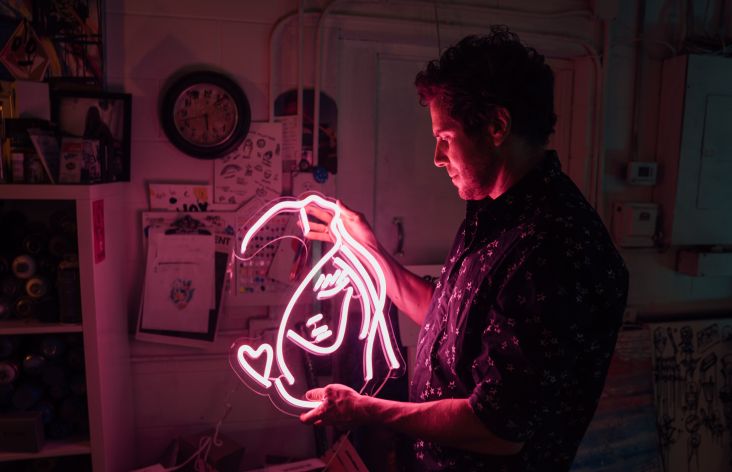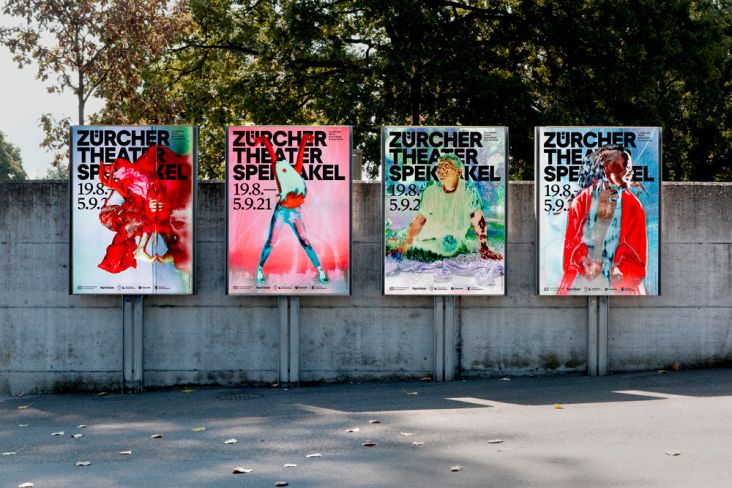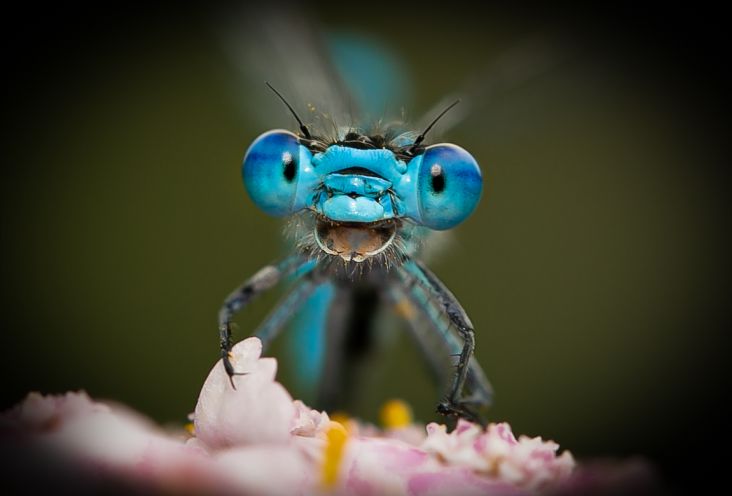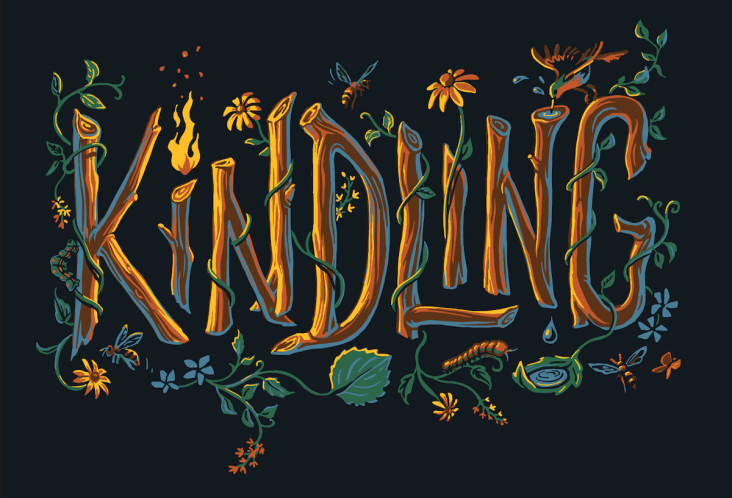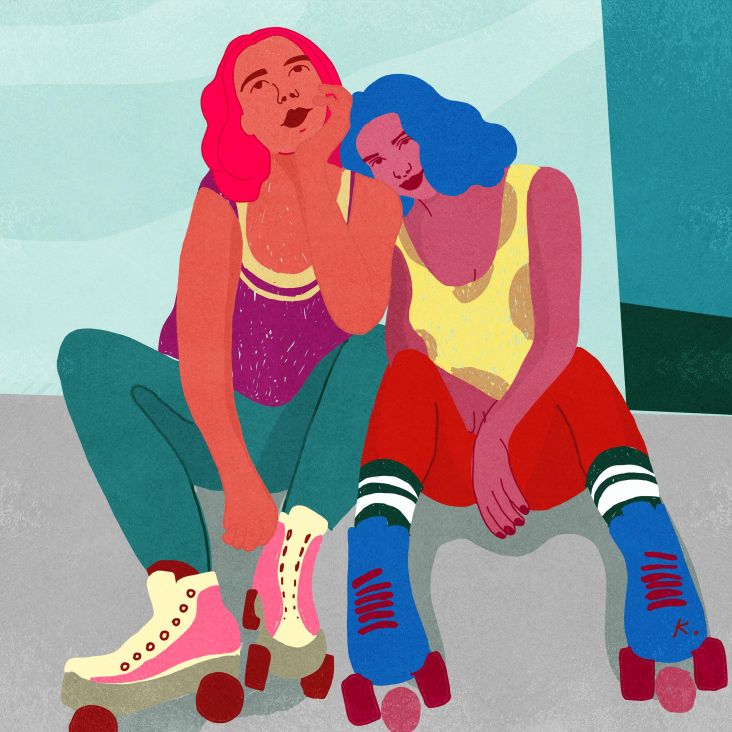Geri Coady on her Japanese influences, knowing when to go freelance, and how to turn your passion into a living
Geri Coady is a multi-talented UK-based designer and illustrator who loves Japanese culture and design, and is the author of A Book Apart publication Color Accessibility Workflows. With her site Geri Draws Japan, she has turned her love for the Land of the Rising Sun into a platform that sells her selection of specially created pins, patches, prints and more.
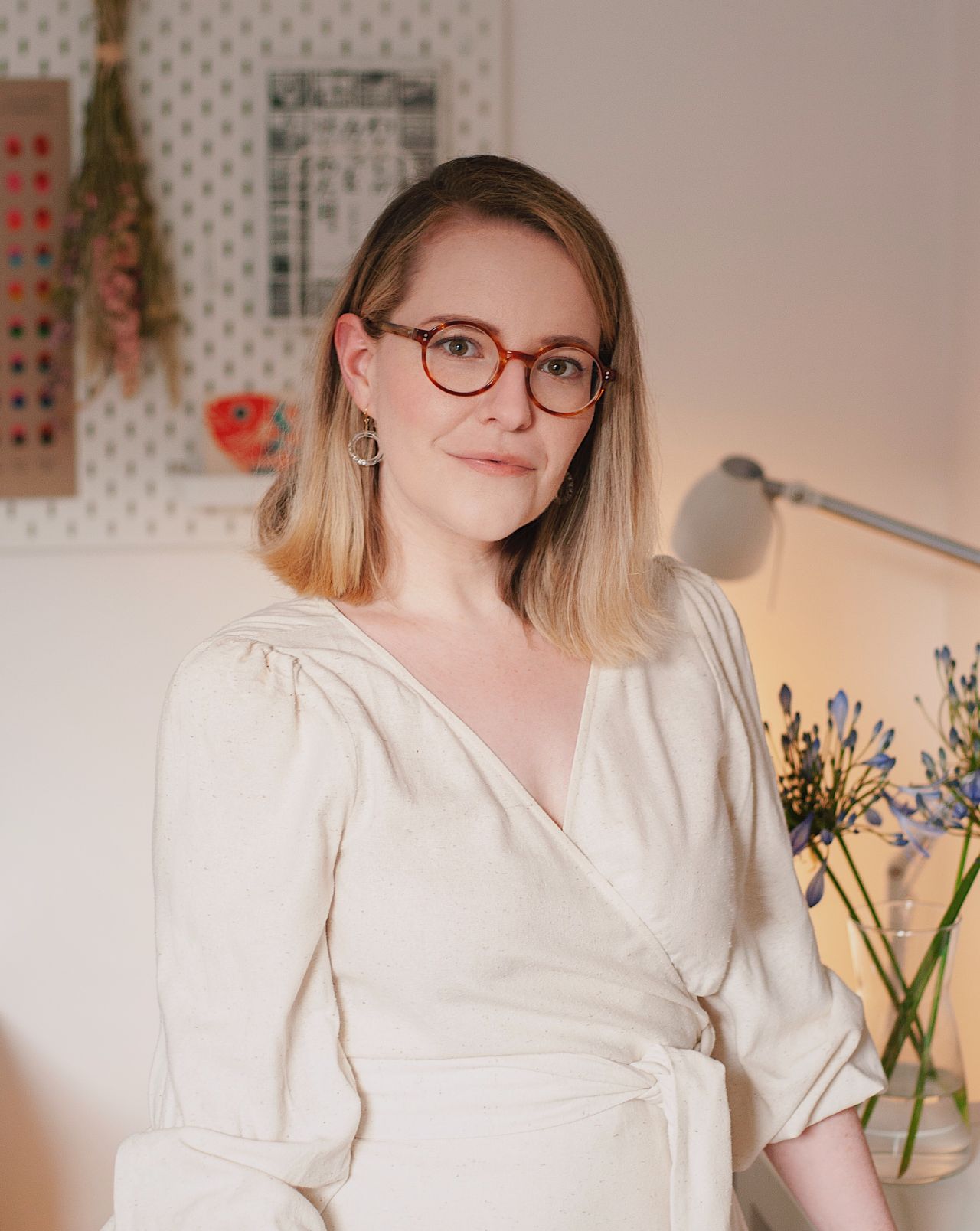
Like many creatives, Geri's career path has been far from straightforward. Having originally grown up in St John's, Newfoundland, she's travelled the world and tried out different specialisations before settling on her current setup as a freelancer who works with clients and creates her own products.
We chatted with Geri about how she got to where she is today, where her passions come from, and advice for budding freelancers who are also looking to turn their interests into an arm of their income.
How did you get started as a designer?
My pathway into design was convoluted, to say the least. As a kid, I knew I loved illustration, art, and design. I dove into it even further when I got my first computer in 1998 and immediately taught myself how to make websites. Around the same time, I discovered Paint Shop Pro and dabbled in digital art, and a few years later, I bought my first Wacom tablet, which really opened up the possibilities for me.
In St. John's, my hometown in Canada, my high school's art program was known for being the best in the province, and I took advantage of that. I signed up for every art course that my credit requirements allowed. I even remember taking the beginner's art course in my final year just to buy myself extra time in the art studio.
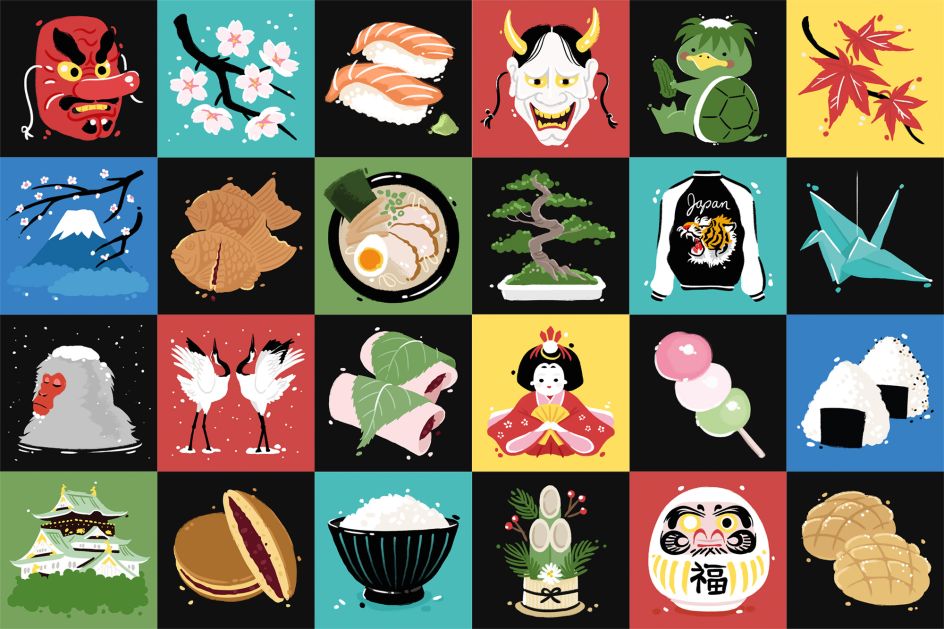
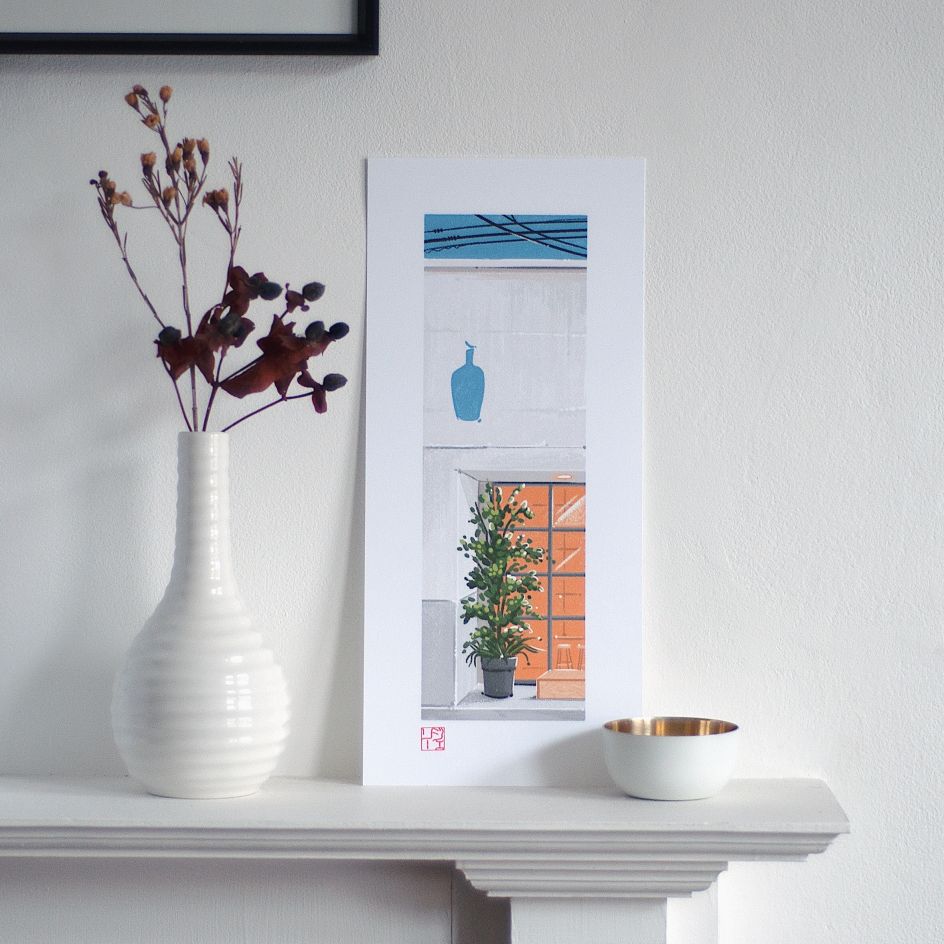
Despite this, I enrolled in a computer support and network admin programme once I left high school. I didn't believe I was "good enough" to have a self-sufficient career in art – especially in a relatively small, isolated city. I wanted a more secure future. So I chose tech, which I also really enjoyed. My art teacher was extremely upset with me, but I didn't want to move to Toronto or Vancouver to go to art school, and honestly, I didn't have the money anyway. Oddly enough, my art teacher didn't do a great job at helping me find a suitable career option.
The idea of graphic design and more commercialised illustration didn't cross my mind. It wasn't until I was in the computer support program that a classmate – a former graphic designer looking to change careers – saw my work and persuaded me that I was in the wrong course. I popped my name on the waitlist, and after graduating and working in software design for a few months, I started the graphic design and printing technology program at the same college.
Since then, I've bounced around between graphic design, web design, photography, and illustration. After working as an art director at a local agency for a few years, I finally made the jump into freelance and eventually started my side business.
Japan is a huge influence on your work, but where did this fascination come from? Was there a single moment or influence that sparked your interest?
It's such a long story! Basically, it wasn't the usual, expected influence of anime or manga. My interest was sparked when I met two Japanese sisters who moved to my city because of their dad's job. When I was an elementary school senior, at around twelve years old, I ended up supervising the younger girl's class during lunch breaks. I spent a lot of extra time with her, as she couldn't speak English at all.
The sisters taught me how to fold origami, write my name in Japanese, and a lot more. Sadly, they moved back to Japan after a year, and we lost touch. Once Facebook came along, I would occasionally search their names online, but it was like searching for a needle in a haystack. There's a twist, though – I'm happy to report that after 25 long years and a lot of searching, writing, and help from kind people in both Canada and Japan, I found them earlier this year! We've since reconnected, swapped gifts and stories and had some amazing catch-ups over email. And the best part is I can now do it in their own language!
As for that influence – after I met the girls, I became hyper-aware of anything relating to Japan on TV, in books or magazines. Little by little, I fell in love with the culture (and yes, eventually, I did have my teen anime phase), and it lead me to where I am today. I'm so grateful that I could directly tell them the positive influence they've had on my life.
What made you want to make the switch from working in an advertising agency to going freelance?
I feel like I'm not the only person to give credit to Jessica Hische here, but her incredible talk on Procrastiworking was what tipped me over the edge. I was in Nottingham visiting my now-husband, Simon Collison, who organised the New Adventures web conferences. Jessica spoke about the idea that what you enjoy doing in your free time should probably be what you do in your full-time job.
Of course, this isn't always a viable option for everyone – many folks rely on a certain level of privilege to make this happen. And then there's the hobby problem. Personally, I love photography as a hobby, but I know I'd probably hate it as a full-time gig.
Those points aside, the encouragement from Jessica's talk made me realise that I wasn't going to gain much more by staying at the same agency where I'd been for five years. I knew that agency was one of the best to work for in the city, especially from a work-life balance perspective, so I felt I had nowhere to go but work for myself. I left in early 2013 and didn't look back.
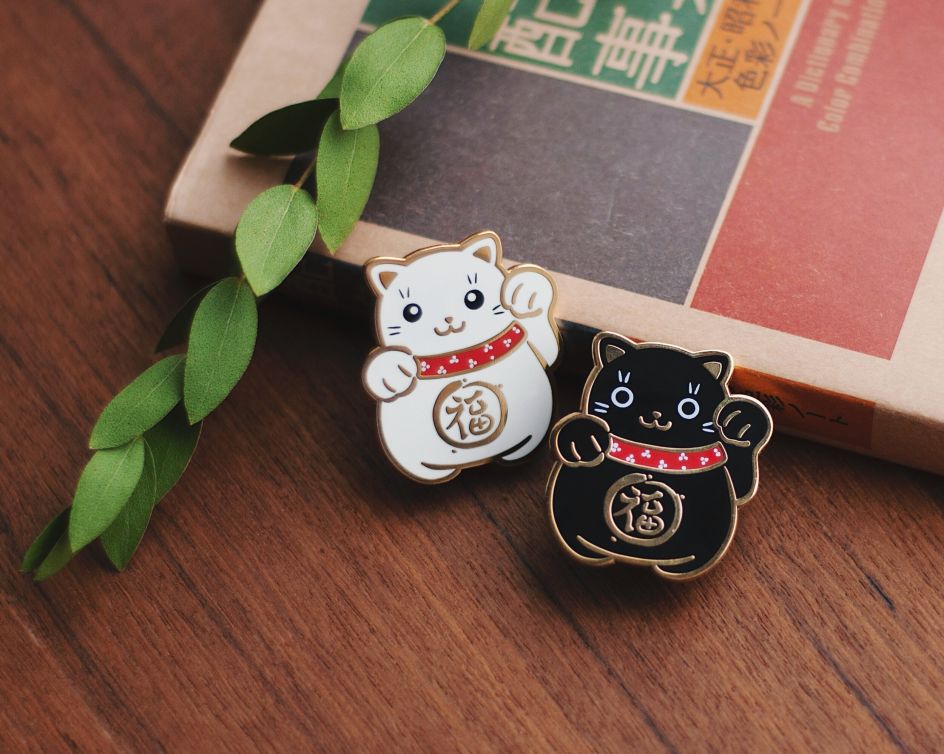
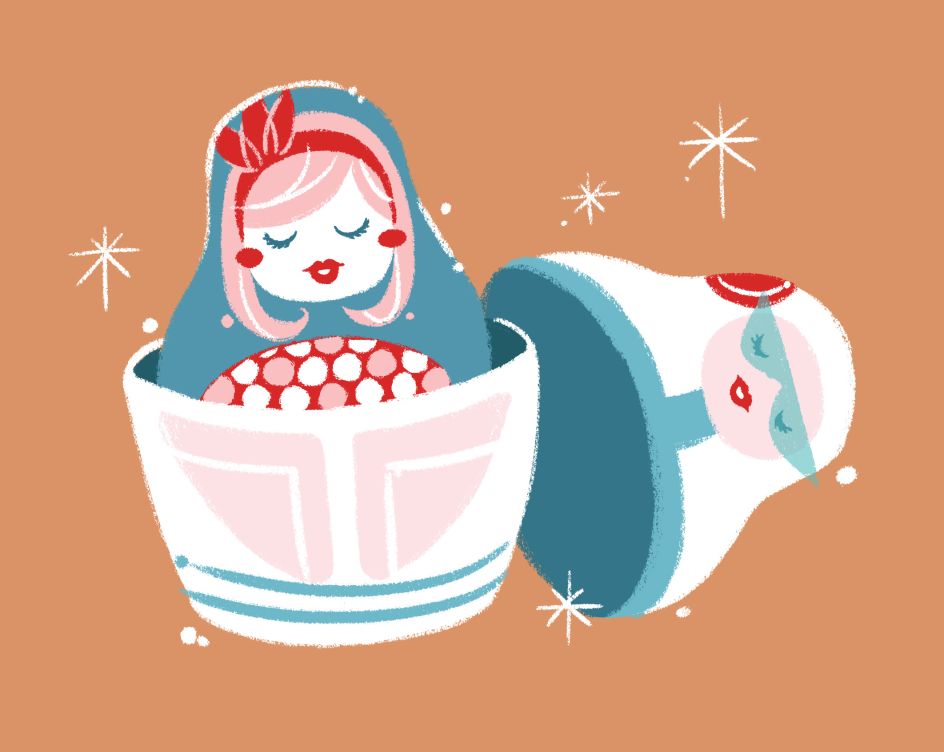
Going freelance can be scary for creatives. What advice would you give them?
I think it's important to know when you've outgrown your role or situation at a company. I reached a point where I felt like I couldn't progress much further up the ladder without going into a management role, which didn't appeal to me at all. There weren't many opportunities in St. John's, so I couldn't just move to a different agency – it would have felt like a move sideways rather than a step up. Freelance was an obvious solution for me when it came to wanting to further my personal development.
That being said, I think it's also important to know when you aren't ready to go freelance and to recognise when you still have things to learn. The influence of social media often creates the unrealistic perception that every talented creative is already a full-time freelancer, which simply isn't true. It's easy to look at Instagram or Twitter and see hundreds of young freelancers who are thriving. Still, for every successful person with high visibility online, there are even more people with their heads down, working away in companies and gaining experience in different ways. Both are viable paths.
When you love something so deeply, you'll inevitably have knowledge, experience, and a unique angle you can offer.
Many new grads now with minimal real-world work experience want to go full-time freelance immediately after graduating. Some people will rock this, but many won't – and that's okay.
Spending time working for other people will hone your skills and make you more confident – not just technical skills, but interpersonal, too. There's no rush to jump to freelance as a young person. I know for a fact that I would be a worse freelancer today if I had skipped agency life altogether. I always encourage young people to freelance on the side and see where it takes them.
How should freelancers choose who to work with, and what's the secret to making a successful pitch to clients?
I must admit I'm a little spoiled when it comes to this kind of thing. I like to split my time pretty evenly in my week whenever possible. About half of the time, I work on client work, and the other half is reserved for Geri Draws Japan duties, as well as plenty of Japanese studies. As I tend to have two things happening all the time, I don't usually need to seek clients and get enough work through word of mouth, personal connections, and so on. If I happen to be down a bit on my client work, I'll put the extra time into working on a new print, pin, or other ideas.
When it comes to choosing who to work with, I tend to gravitate towards projects with a Japan-related theme, but I also do a lot of bread and butter work client illustration that I don't talk about so often. I try to be ethical as possible in my work and have certainly rejected requests from clients that don't align with my values. It can be hard for younger freelancers starting out or when business conditions get tough, but having integrity in your work will also help attract clients with integrity.
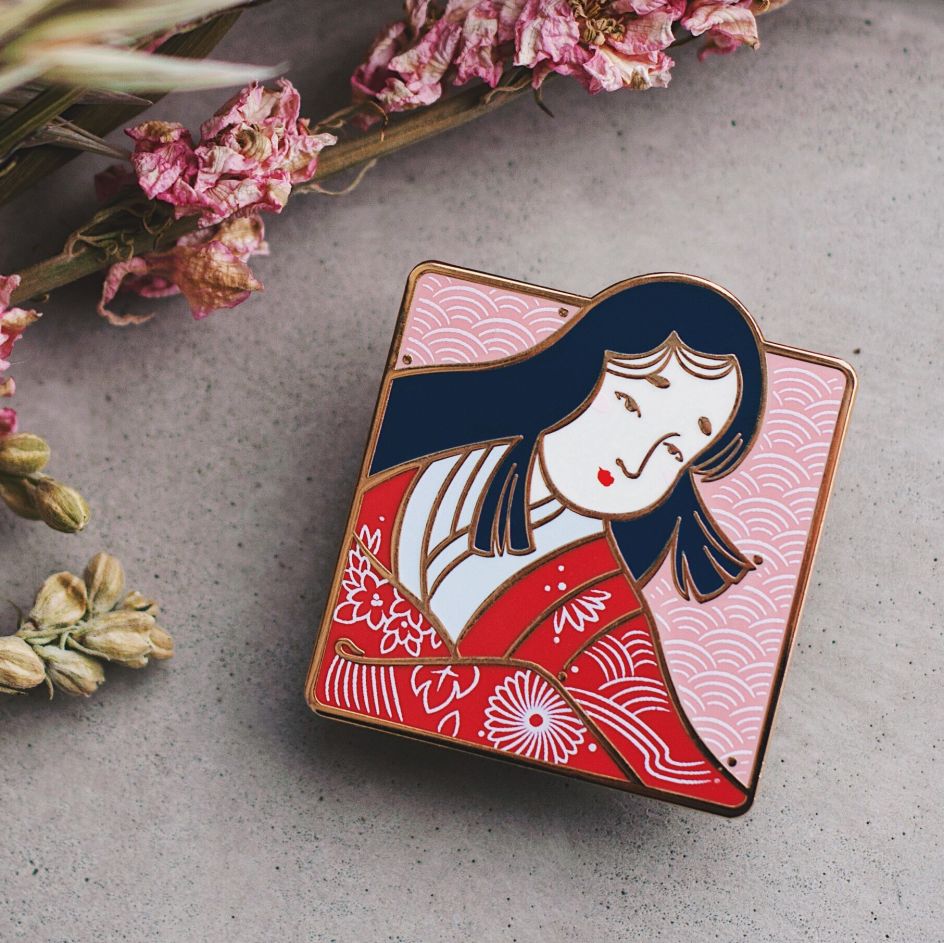
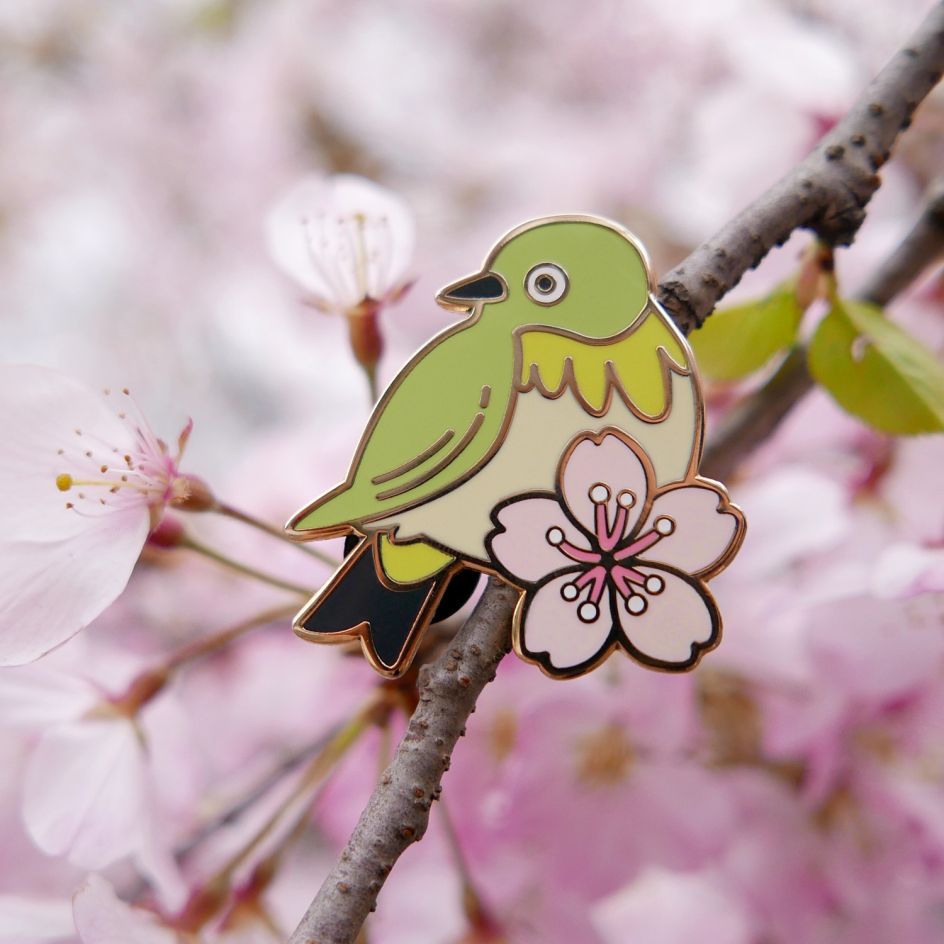
Turning your passion for Japan into creative work looks incredibly rewarding. What advice would you give other creatives looking to turn what they love into a living?
Don't follow trends – do what makes you happy. I know this is easier said than done, and of course, I struggle with this sometimes if I'm not sure how to evolve my work. When I started Geri Draws Japan, I told myself up front that I wanted to steer clear of the abundant "kawaii" Japan-style. There are enough brilliant artists out there already who nail this kind of work, and I'm not sure that I'd be able to bring something new to the table. I tried to carve out my own style by focusing on what I love: traditional culture, language-related work, the Japanese coffee scene, and so on – with just a subtle touch of "cute" without it being the main focus.
I try to design things that would appeal to me if I saw them in a cool shop in Omotesando or Shimokitazawa – not in a colourful Harajuku store or Akihabara arcade. Most of my customers tend to be very similar to myself – those interested in art and design, Japan expats, or those looking to move there in the future. Working for your desired audience instead of pandering to ones you aren't interested in will help your brand stay consistent and authentic.
The other advice I would give is to unashamedly be a fan of whatever it is you're interested in. When you love something so deeply, you'll inevitably have knowledge, experience, and a unique angle you can offer when you transition that passion into a living.
You're a designer and illustrator with loads of creative passions. How do you find the time to juggle everything?
The short answer is that I don't! I wish I had more time to do everything I'd like to do. One of my other hobbies is making traditional Japanese sweets called wagashi, which also has a big creative side. I love sketching and planning new designs, but unfortunately, it's so time- consuming that I don't do it enough.
I'm also interested in the traditional shamisen instrument, and I'd love more time to practice. Throughout the pandemic, I put a primary focus on work and study to get through each day, but hopefully, I can find more time to work my other hobbies back into my everyday schedule and not just when the mood strikes me.
Next up on my list of things to try is a ceramics course – I'm definitely going to need more hours in the day!
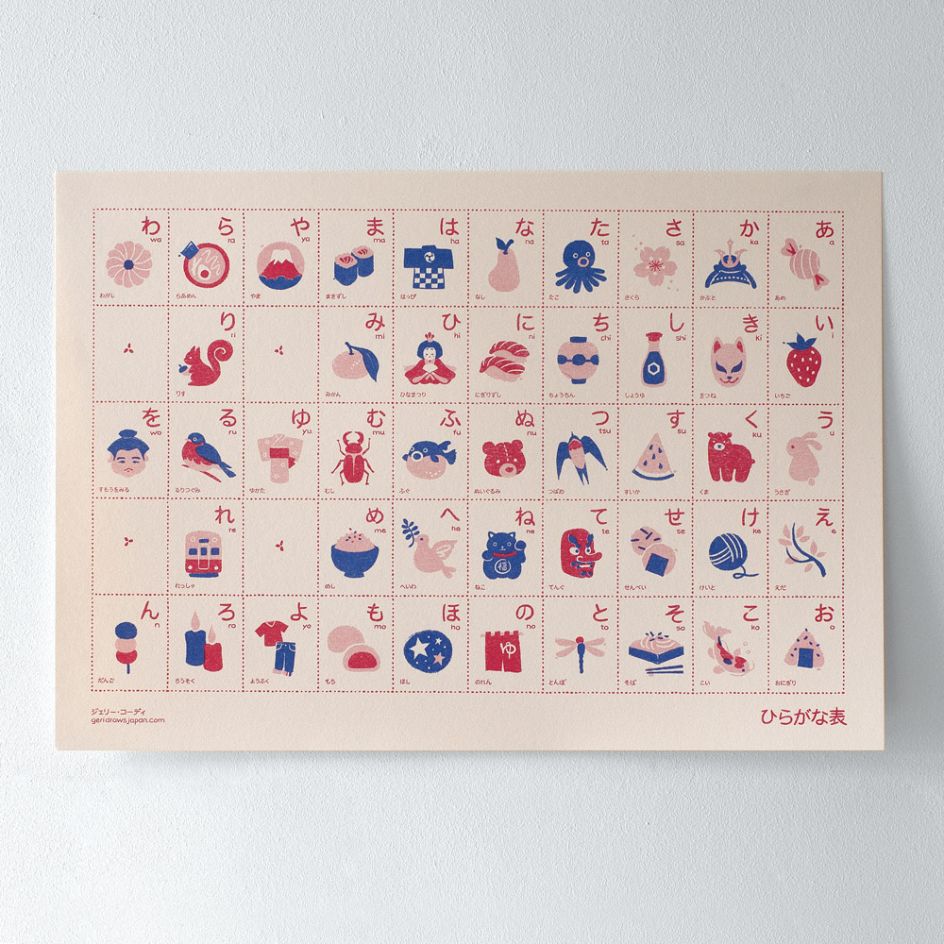
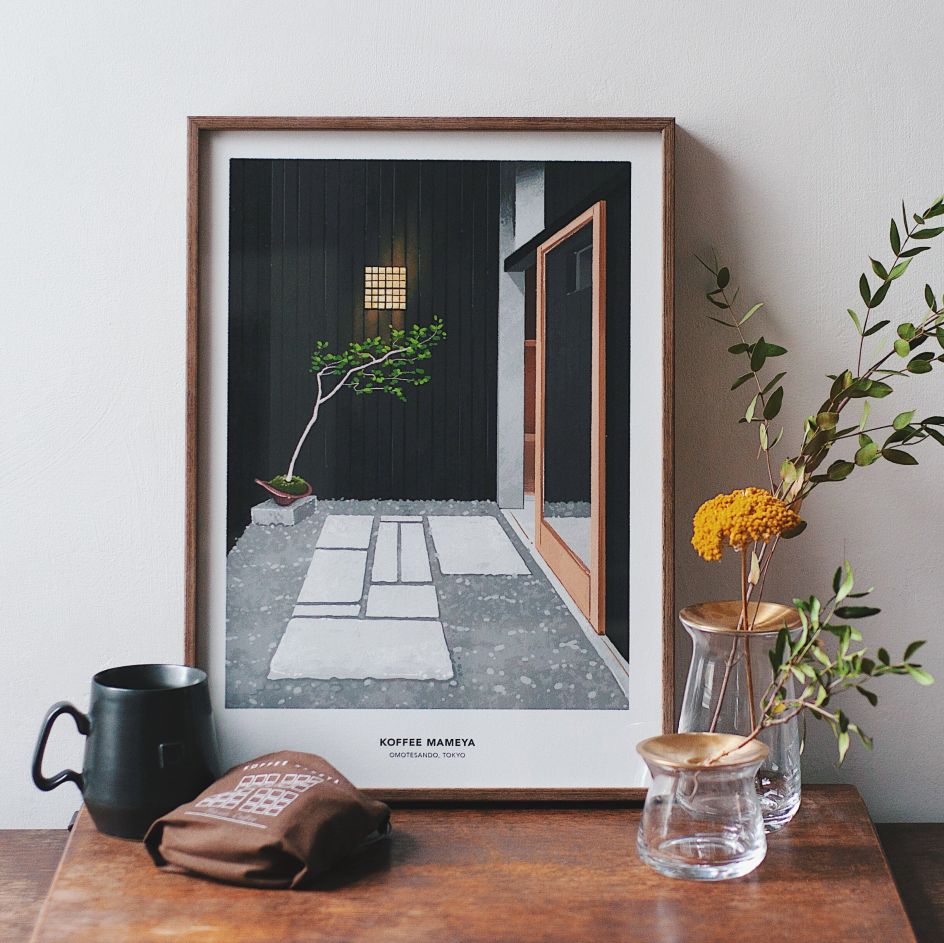
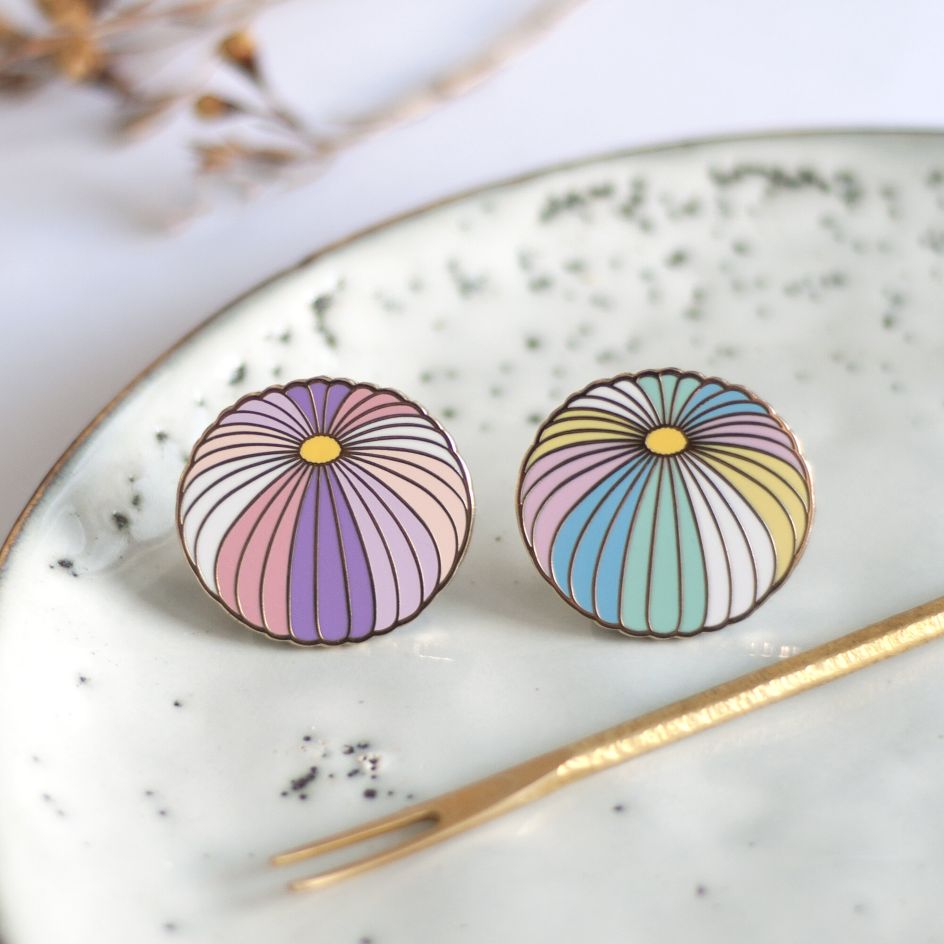
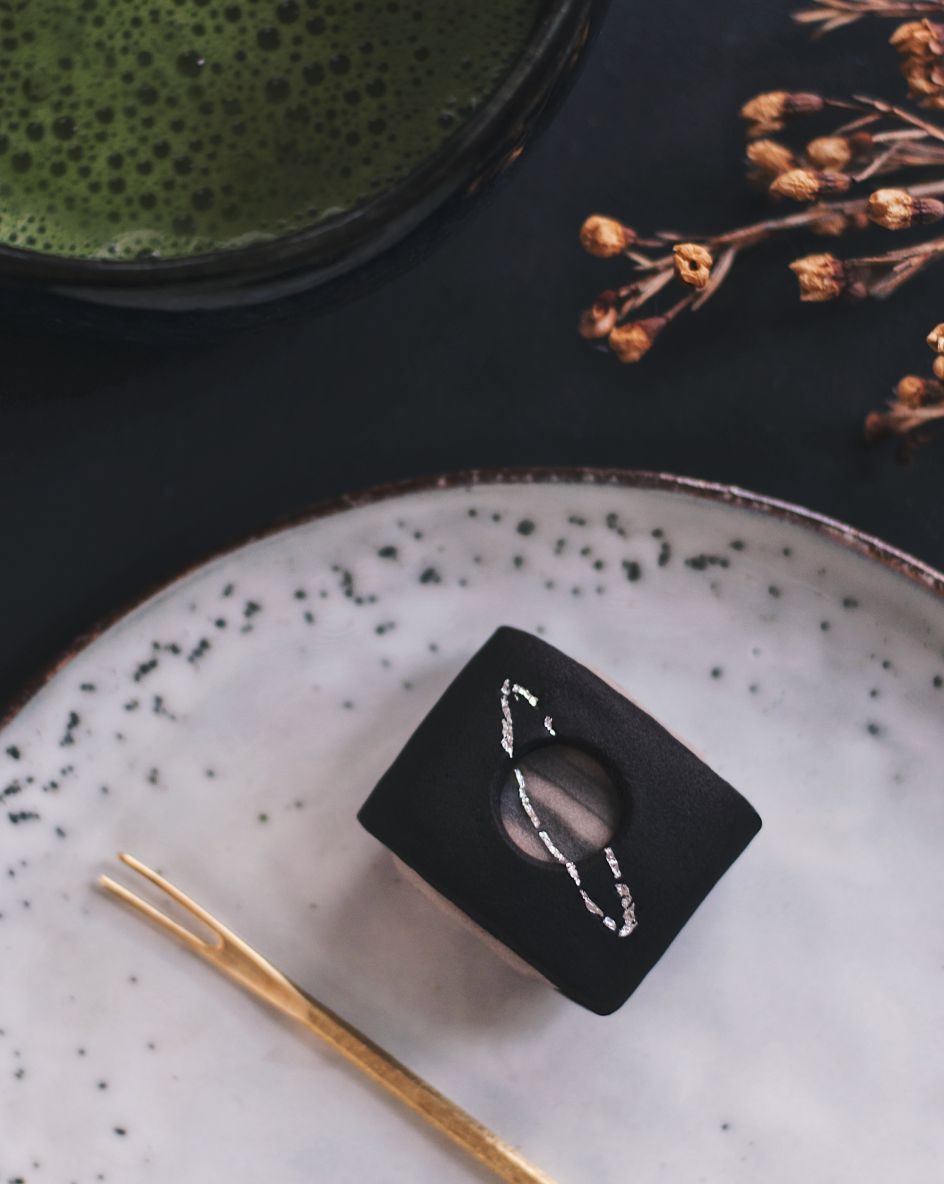

 for Creative Boom](https://www.creativeboom.com/upload/articles/06/063686a9a3b095b9b1f0e95df917ed4bd342be1b_732.jpg)



 using <a href="https://www.ohnotype.co/fonts/obviously" target="_blank">Obviously</a> by Oh No Type Co., Art Director, Brand & Creative—Spotify](https://www.creativeboom.com/upload/articles/6e/6ed31eddc26fa563f213fc76d6993dab9231ffe4_732.jpg)

 by Tüpokompanii](https://www.creativeboom.com/upload/articles/58/58684538770fb5b428dc1882f7a732f153500153_732.jpg)

 for Creative Boom](https://www.creativeboom.com/upload/articles/6b/6bdcef9e04aaf7aab6f3ceb2ed11fdf8a67b8870_732.jpg)





